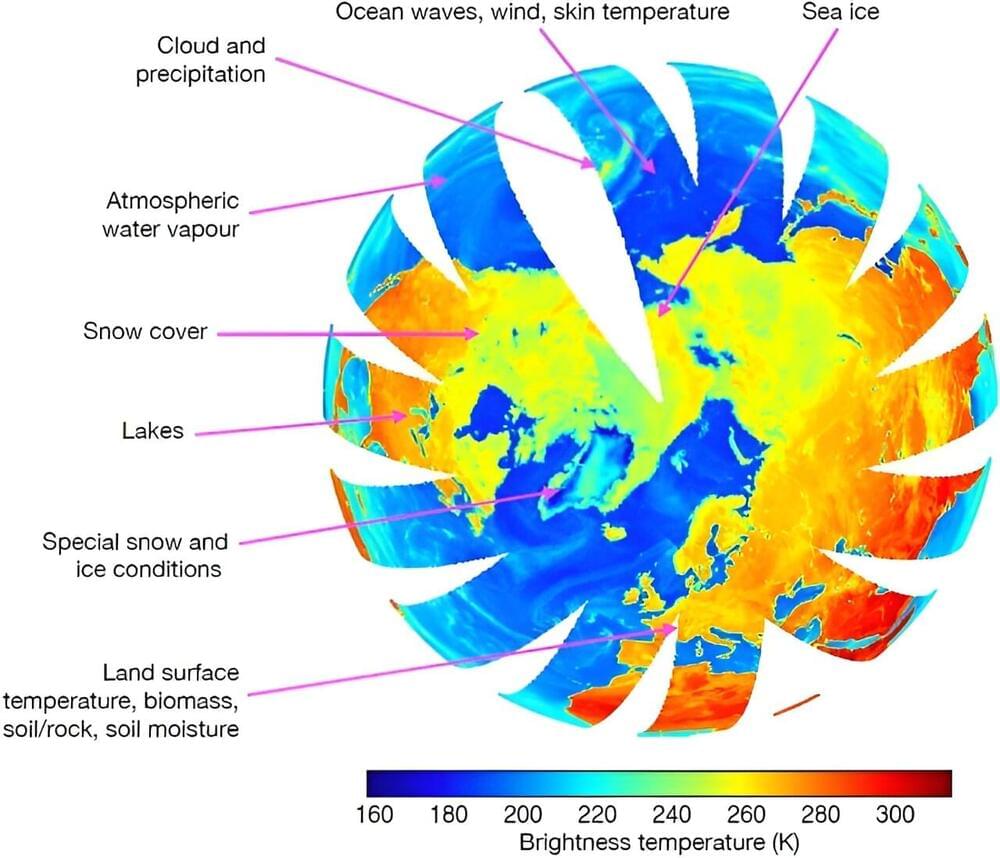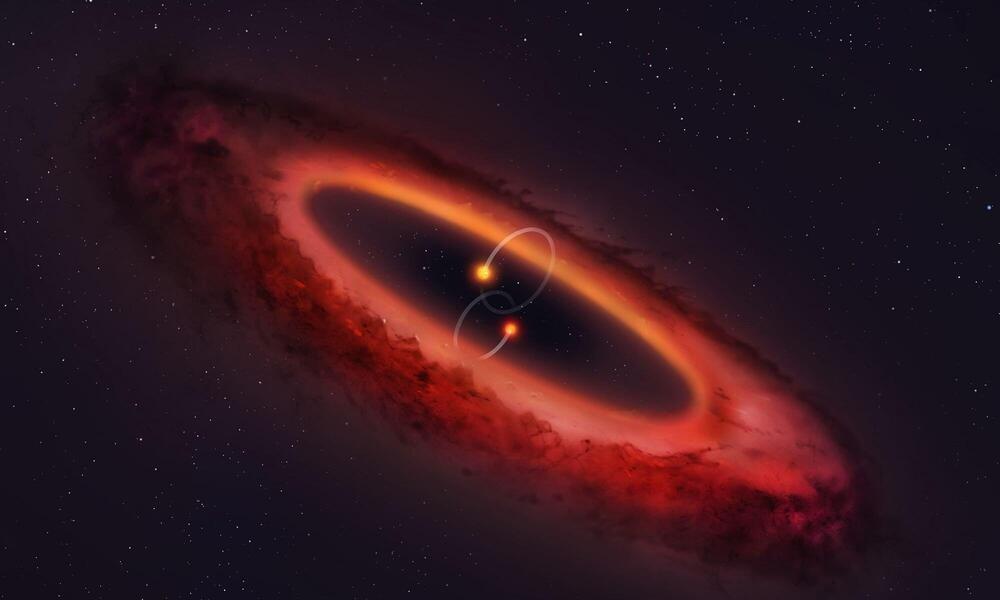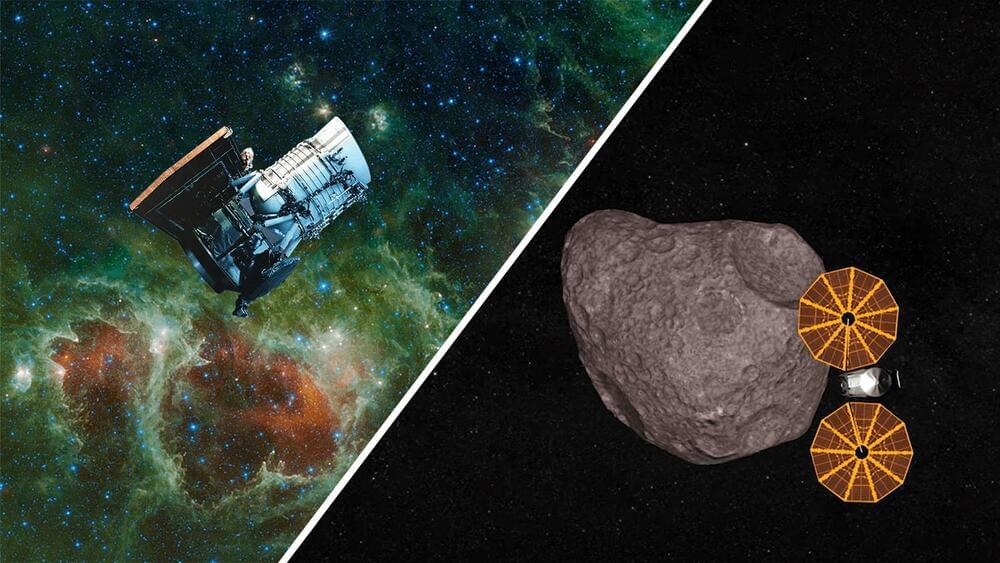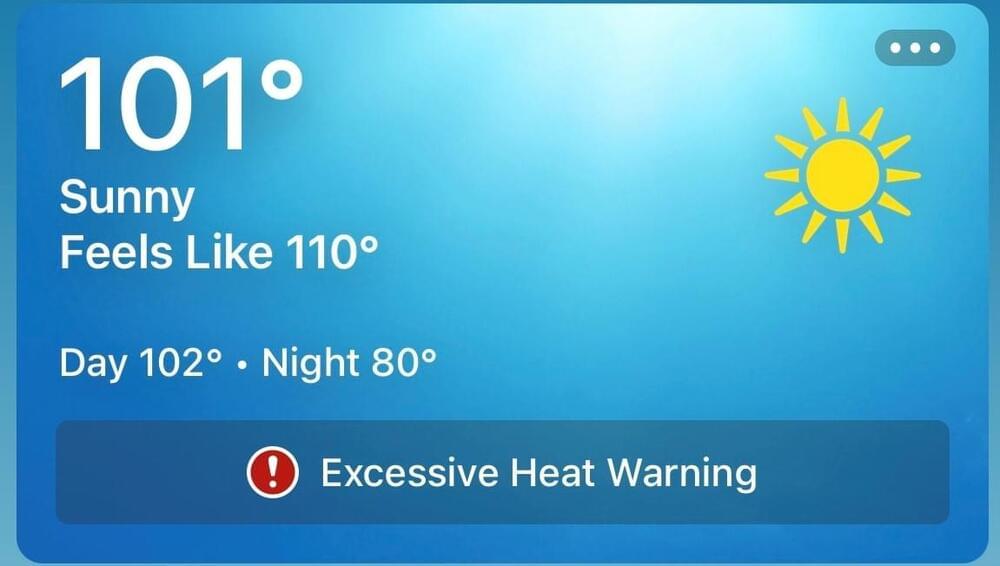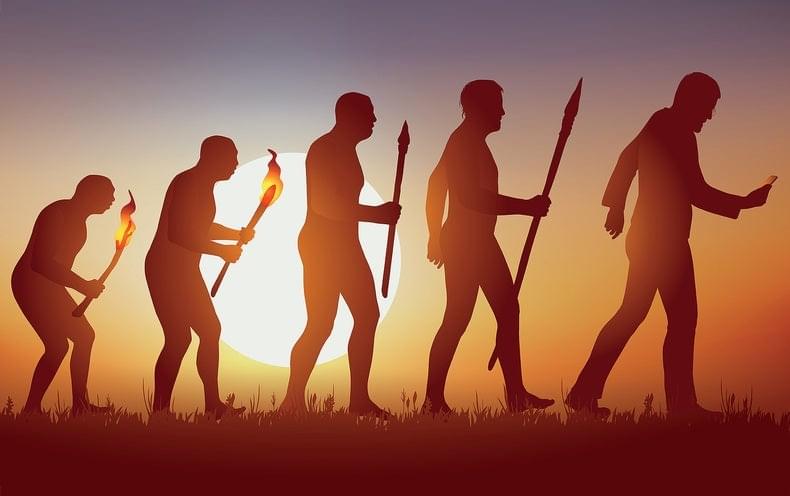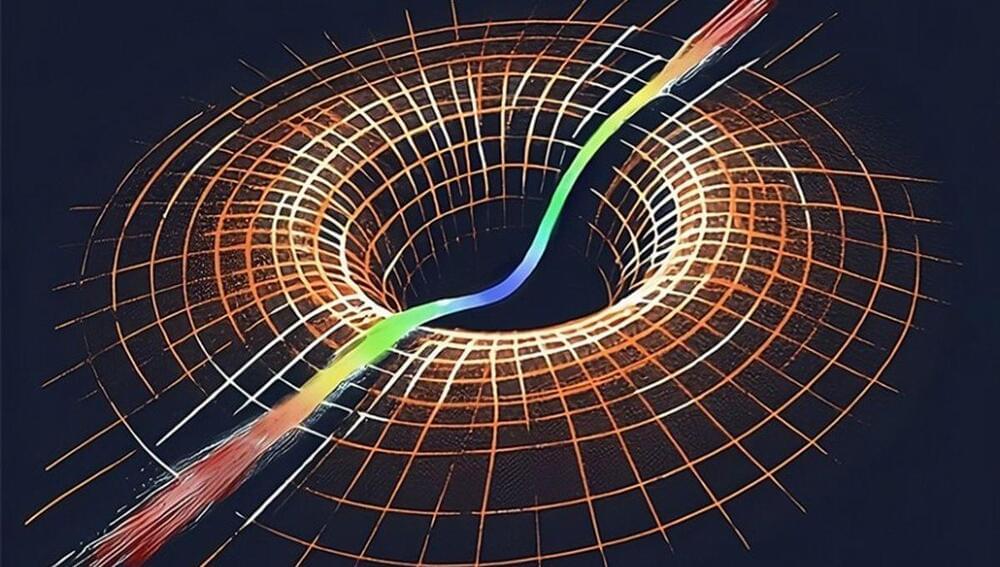Nov 8, 2023
How machine learning can support data assimilation for Earth system models
Posted by Genevieve Klien in category: robotics/AI
Data assimilation is the combination of the latest observations with a short-range forecast to obtain the best possible estimate of the current state of the Earth system. Machine learning can contribute to it by optimizing the use of satellite observations.
Obtaining the best possible estimate of the current state of the Earth system, known as the analysis, is extremely important for weather forecasting. That’s because the analysis serves as the initial conditions of forecasts.
To use the latest observations, we rely on a vast system of instruments that regularly measure aspects of the atmosphere and other components of the Earth system. Over the last few decades, satellite observations have become increasingly important.
